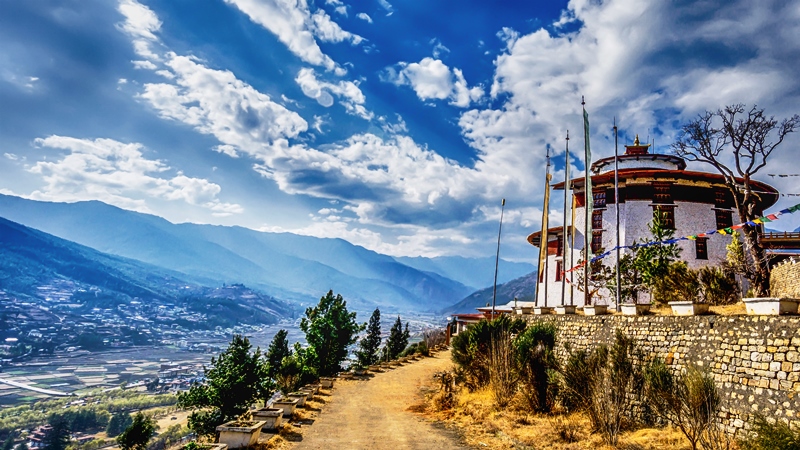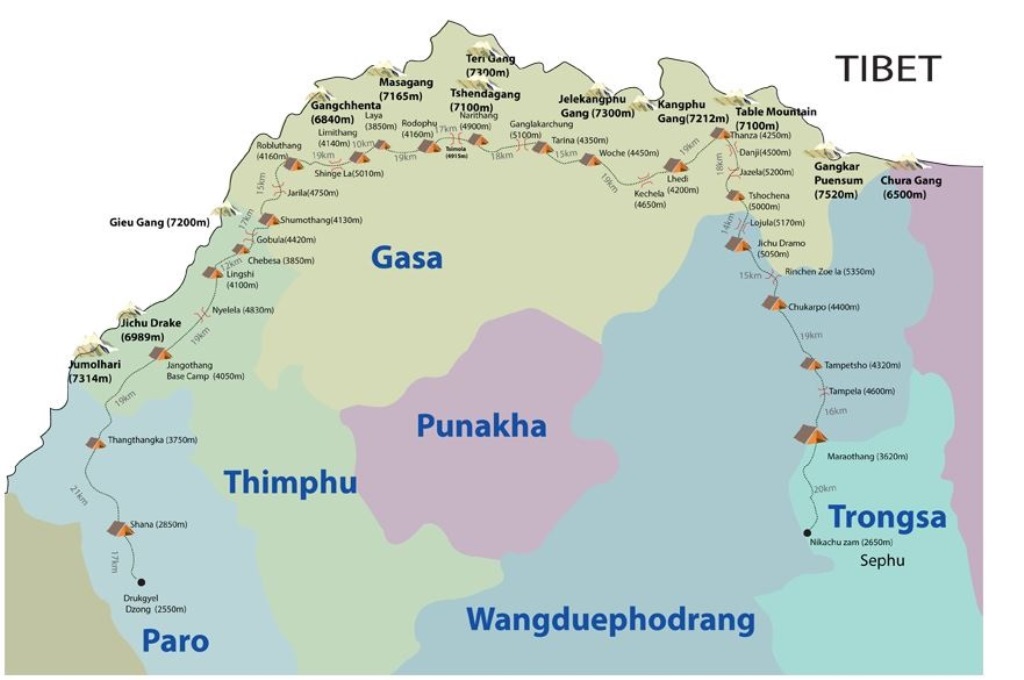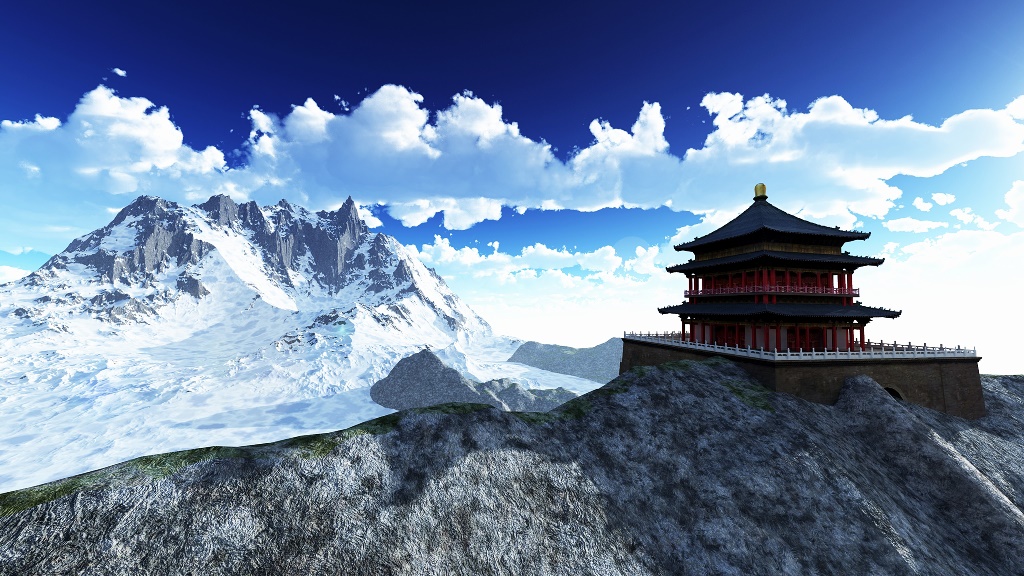Highlights of this exhilarating expedition
- The scenic route along the Paro Valley will be your first encounter with the stunning natural landscape of Bhutan.
- Monasteries, temples, scenic spots, local food shops, and the famous Taktsang Dzong are one of the most majestic, mesmerising and memorable places you will ever see; these places altogether give Paro Valley a significant mention.
- A short hike to Chimi Lhakhang monastery, also known as the Temple of Fertility, in Punakha.
- An overnight stay in the capital city of Bhutan is amazing in its own way. The local markets, handicrafts, tantalising local food and the small little cafes will make your stay wonderful.
- A Ride to Phobjikha, which is the winter nesting grounds of the endangered Black Necked Cranes. Catching a glimpse of this stunning species is a must-do on your trip.
 As I entered the mystical land of Bhutan, it seemed the old traditions and customs were still preserved like the olden times. The unspoiled terrain made me wonder on the existence of such a place in this contemporary era. If you are in the mood for a road trip, here’s a tip – the Kingdom of Bhutan is best experienced from the seat of a motorbike. I drove past vibrant monasteries and unique houses, surreal panorama, and stopped for lip-smacking local food. As I reached the high mountains it enveloped me in all its loftiness.
As I entered the mystical land of Bhutan, it seemed the old traditions and customs were still preserved like the olden times. The unspoiled terrain made me wonder on the existence of such a place in this contemporary era. If you are in the mood for a road trip, here’s a tip – the Kingdom of Bhutan is best experienced from the seat of a motorbike. I drove past vibrant monasteries and unique houses, surreal panorama, and stopped for lip-smacking local food. As I reached the high mountains it enveloped me in all its loftiness.
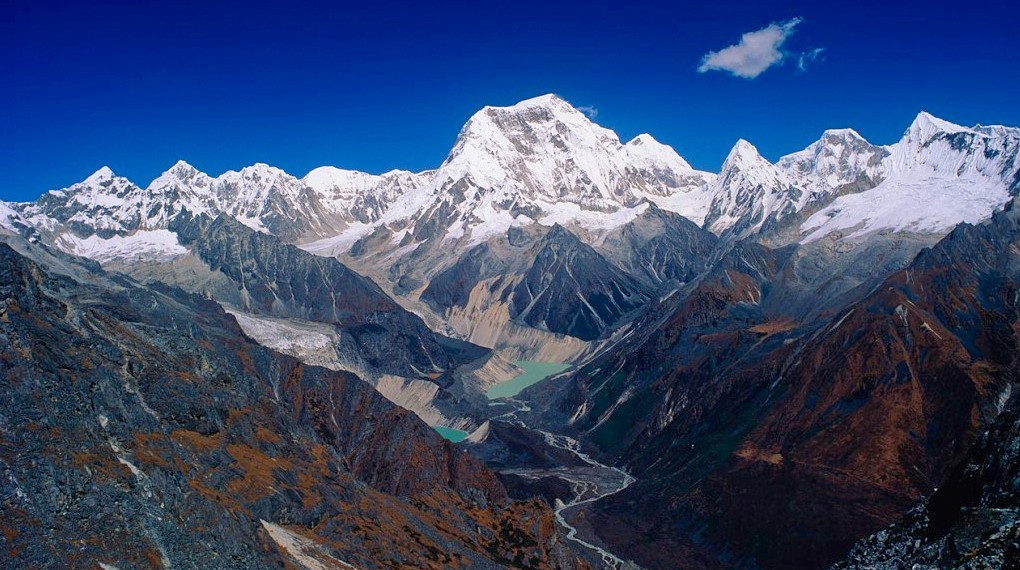
I embarked on my journey to the Mystical Land of the Thunder Dragon from West Bengal, and entered the scenic territory of Bhutan. I planned the trip with two of my best buddies. Brimming with excitement, we booked a flight to Siliguri, and on reaching, checked-in at our hotel to get freshened up after our journey. Soon after, we set out to try some of the delicious local cuisine. There were so many dishes we wanted to try, but narrowed it down to Kewa datshi, which is a dish made of thin slices of potato fried in cheese and lots of butter, and Jasha maru – a delightful chicken curry which has the distinct taste of ginger. All this was eaten with Himalayan red rice, making up a simple, mouth watering feast! With full stomachs, we settled in for the night.
The next day, we started our Bhutan bike expedition and got ready to leave behind all our worries in the dust.
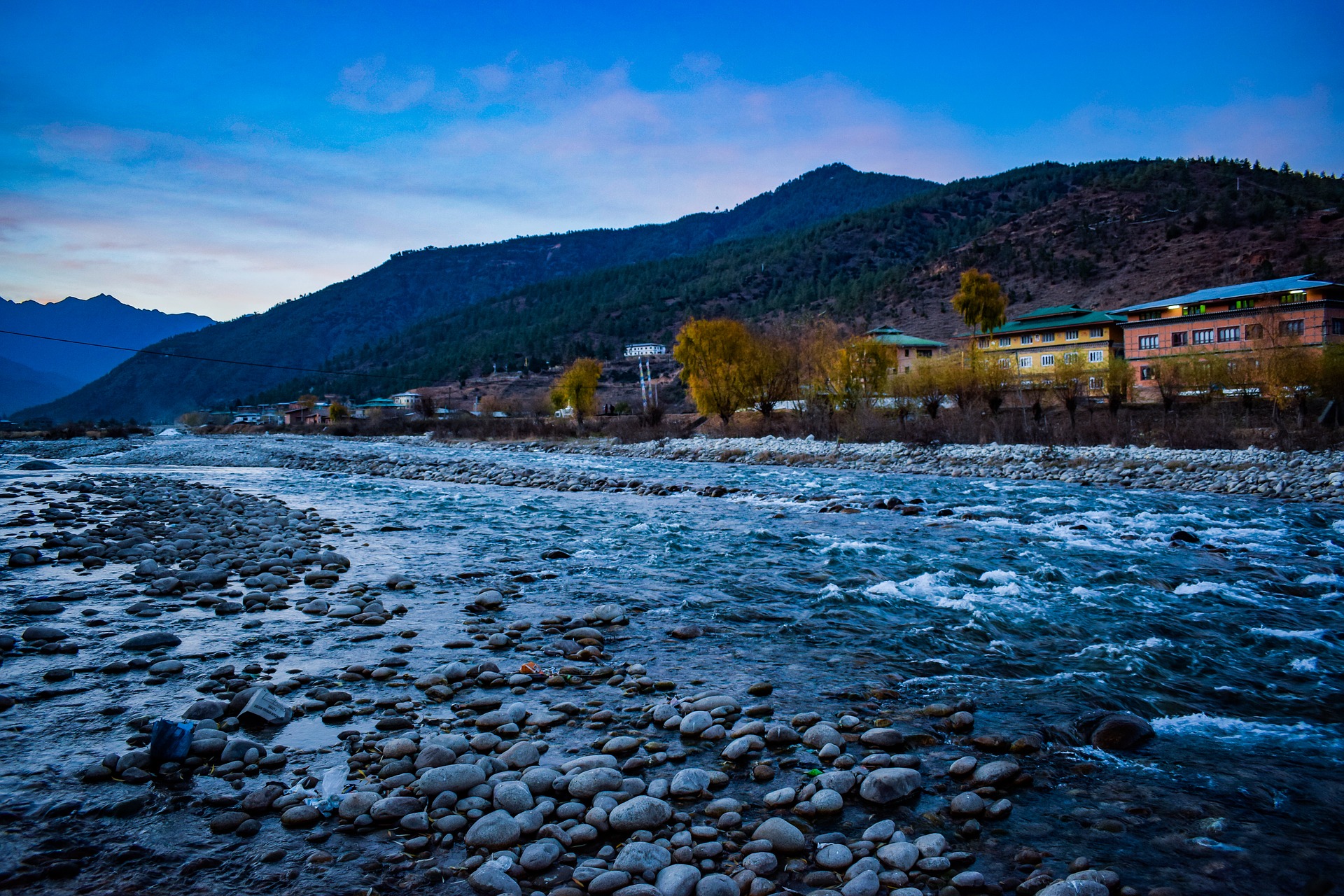
We crossed the international border of India on the way to Phuentsholing. Leaving behind the plains and riding towards the mountains made us feel great. The many scenic tea gardens and a couple of wildlife sanctuaries kept us hooked throughout the journey. After some hours of riding on pin-bend roads, we reached Jaigaon in the evening to complete the migration formalities. After the green signal from the verification authorities, we crossed the border and reached the hotel to check-in. And then went for a little exploration of the town. With a late dinner at night and some chit-chat, we dozed off by 11 to wake up fresh for the next day’s adventure.
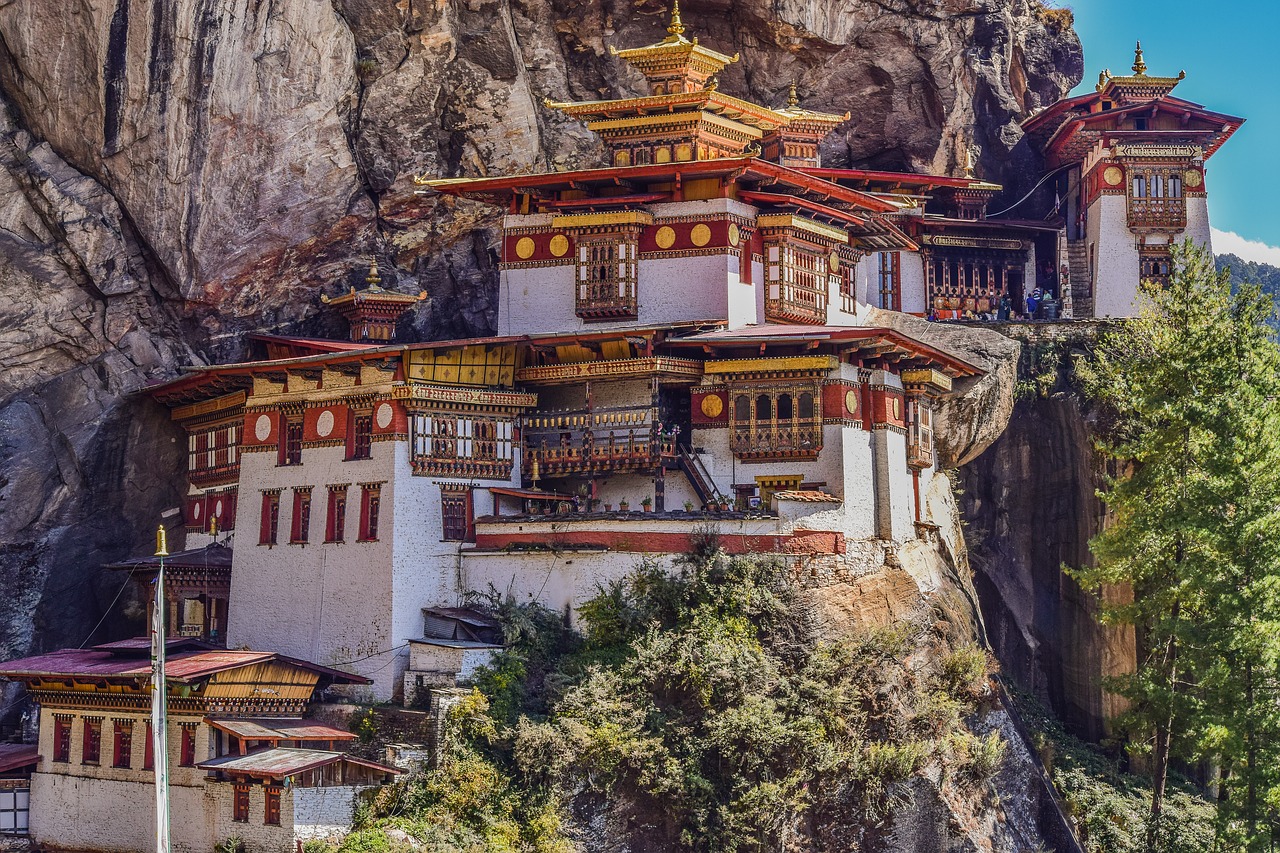
In the morning, after a scrumptious breakfast, we left for the beautiful Paro Valley. The charming town spelled beauty with its colourfully painted and antiquated-wooden shop fronts, restaurants, and numerous monasteries and museums. With two-three halt points for tea breaks, we reach the valley and checked-in at our hotel. After keeping our belongings we rushed out to explore the town. We went to Taktsang Monastery and to the national museum of Bhutan. As we were exploring the museum, I saw one of my friends talking to the guide about the history of Bhutan. My other friend, a die-hard foodie, wanted to try the local cuisine. So, we went to Sonam Trophel restaurant located in the heart of the city and ordered three bowls of hot and steamy Thukpa and a plate of dumplings.
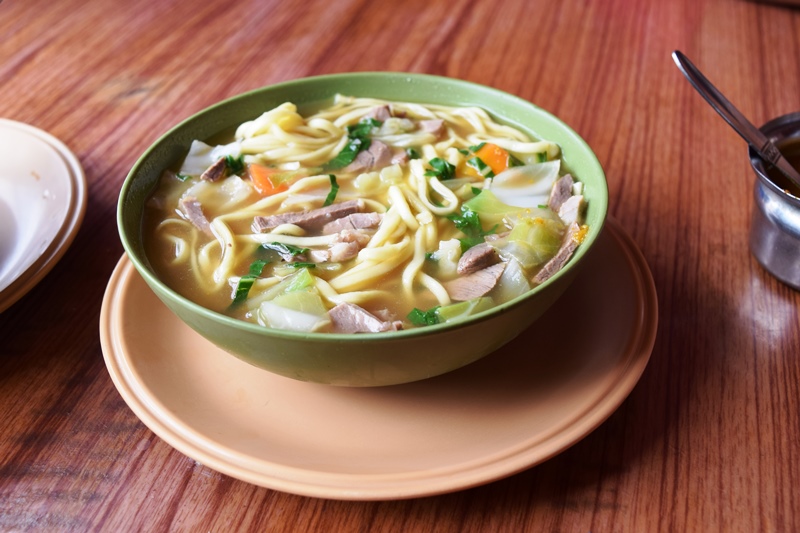 The next morning, we left for the capital city of Bhutan, Thimpu, followed by Punakha the same day. The nation’s largest city, Thimphu boasts of city-like vibe laden with modern infrastructure and new-lined streets. After a bike check-up in the capital city, we zoomed towards the valley of Punakha. In the afternoon, after lunch, we hiked towards the Chimi Lhakhang monastery, also known as the temple of fertility. Impressed by the beauty of this nation, Bhutan’s hospitality radiate purity and peace. Now we know why it is called the Land of Happiness!
The next morning, we left for the capital city of Bhutan, Thimpu, followed by Punakha the same day. The nation’s largest city, Thimphu boasts of city-like vibe laden with modern infrastructure and new-lined streets. After a bike check-up in the capital city, we zoomed towards the valley of Punakha. In the afternoon, after lunch, we hiked towards the Chimi Lhakhang monastery, also known as the temple of fertility. Impressed by the beauty of this nation, Bhutan’s hospitality radiate purity and peace. Now we know why it is called the Land of Happiness!
 As soon as the morning unfolded, we drove around 80 km towards Phobijkha Valley post breakfast. The valley is quite famous for Trongsa Dzong, which is the largest Dzong Fortress of Bhutan. It played an important role during the 17th and 19th century in regards to the unity of the nation. Then we went to Ta Dzong, which has been converted into a museum. The wilderness of flora and fauna at the Phobijkha valley was phenomenal. As we rode towards the valley, we could see countless birds and animals on our way.
As soon as the morning unfolded, we drove around 80 km towards Phobijkha Valley post breakfast. The valley is quite famous for Trongsa Dzong, which is the largest Dzong Fortress of Bhutan. It played an important role during the 17th and 19th century in regards to the unity of the nation. Then we went to Ta Dzong, which has been converted into a museum. The wilderness of flora and fauna at the Phobijkha valley was phenomenal. As we rode towards the valley, we could see countless birds and animals on our way.
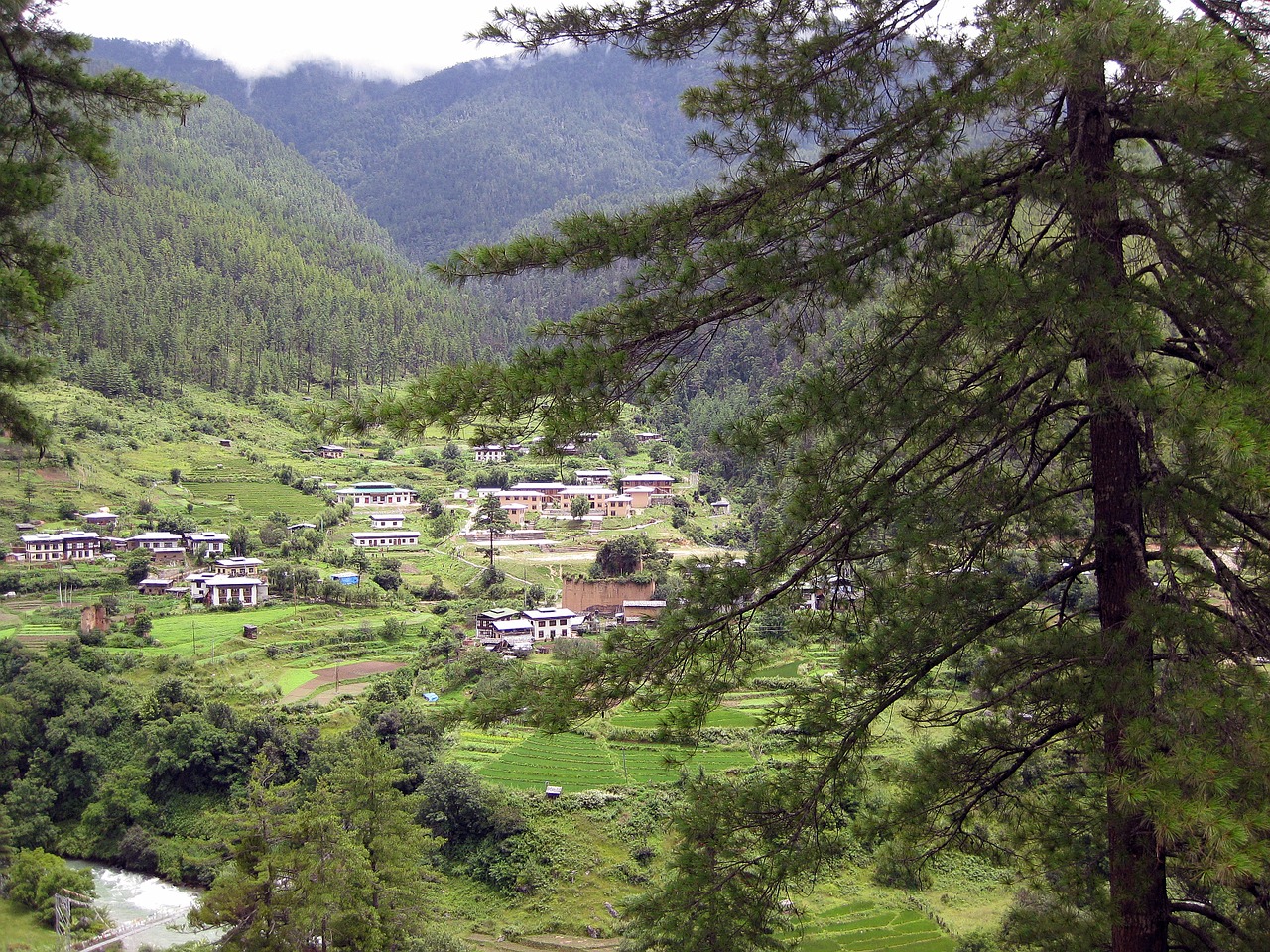 Well, after taking this surreal road trip, there is one thing I can say – no blog, or for that matter even this blog, cannot describe the glory and the contentment the Kingdom of Bhutan offers. One has to take the Thunder Dragon Motorbike Tour to see what a gem of a place this country is and why everyone falls in love with this mystical land.
Well, after taking this surreal road trip, there is one thing I can say – no blog, or for that matter even this blog, cannot describe the glory and the contentment the Kingdom of Bhutan offers. One has to take the Thunder Dragon Motorbike Tour to see what a gem of a place this country is and why everyone falls in love with this mystical land.
Tips and Tricks to Venture the Bhutan Thunder Dragon
- Other than Indians, Maldivians and Bangladeshis, all nationalities must have a pre-planned itinerary and also have to pay $200 to $250 for Visa, depending upon the season you are travelling. Peak seasons (March-May and September-November) and non-peak seasons (December-February and June-August). Indians, Maldivians and Bangladeshis can easily venture into Bhutan solo, as a couple or in a group, with their passport or identity card that has 6-months of validity left.
- The best time to visit Bhutan is during spring (March-May) and fall (September-November). If you’re planning to visit Bhutan in March, April, October and November, you must book the tour package and flight tickets at least three months before.
- If you are planning to go alone or as a couple, take note of the surcharges that you have to pay. Solo traveler- US $40 per night, group of 2 travelers- US $30 per person/per night, group of 3 travelers or more- no surcharge. So gather two of your friends to save money for your tour.
- The best time to visit the land of Bhutanese and experience their traditions and customs performed during the festivals. Popular festivals are Paro and Thimphu Tshechu that happen during peak season. If you are seeking for more intimate experience, festivals like Royal Highlander Festival, Ura Matsutake Mushroom Festival, Rhododendron Festival, Black Necked Crane Festival, and Haa Summer Festival should be on your to-do list.
- Pack only the necessary stuff. Do not forget to carry warm clothes as the temperature goes down at night while the weather can change drastically. Also, pack certain emergency medicines for motion sickness as you would be driving on curvy mountain roads for long duration.
“When we talk about a country that truly favors happiness in all manners, it is undoubtedly Bhutan. A country that lags far behind the modern world, giving travelers and riders a taste of what unspoiled nature looks like. The beauty of the emerald mountains, glimmering and gushing rivers, exhilarating roads and happy faces; a ride in such a country will be a blissful experience for each traveler who plans a trip to Bhutan.”

